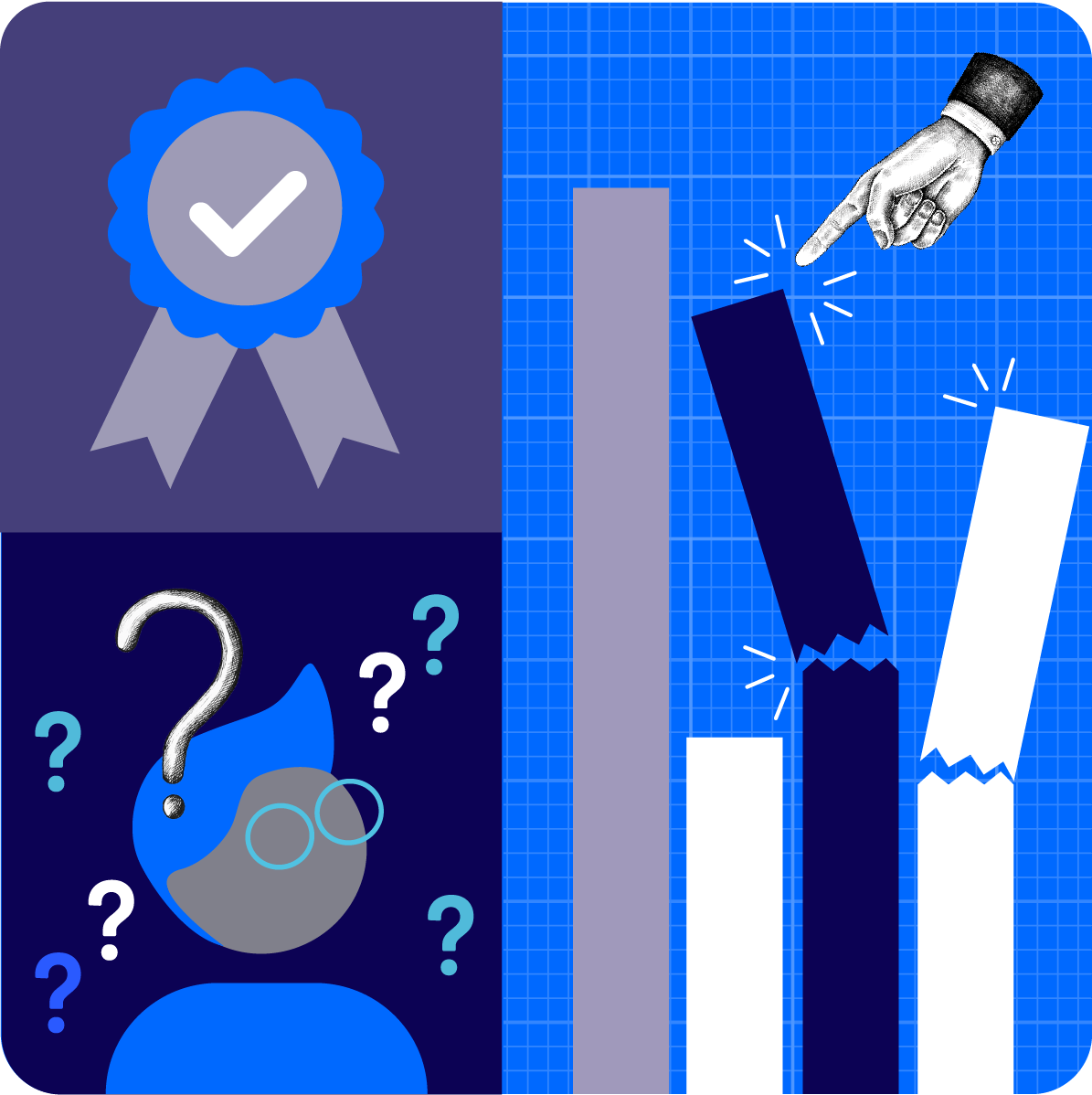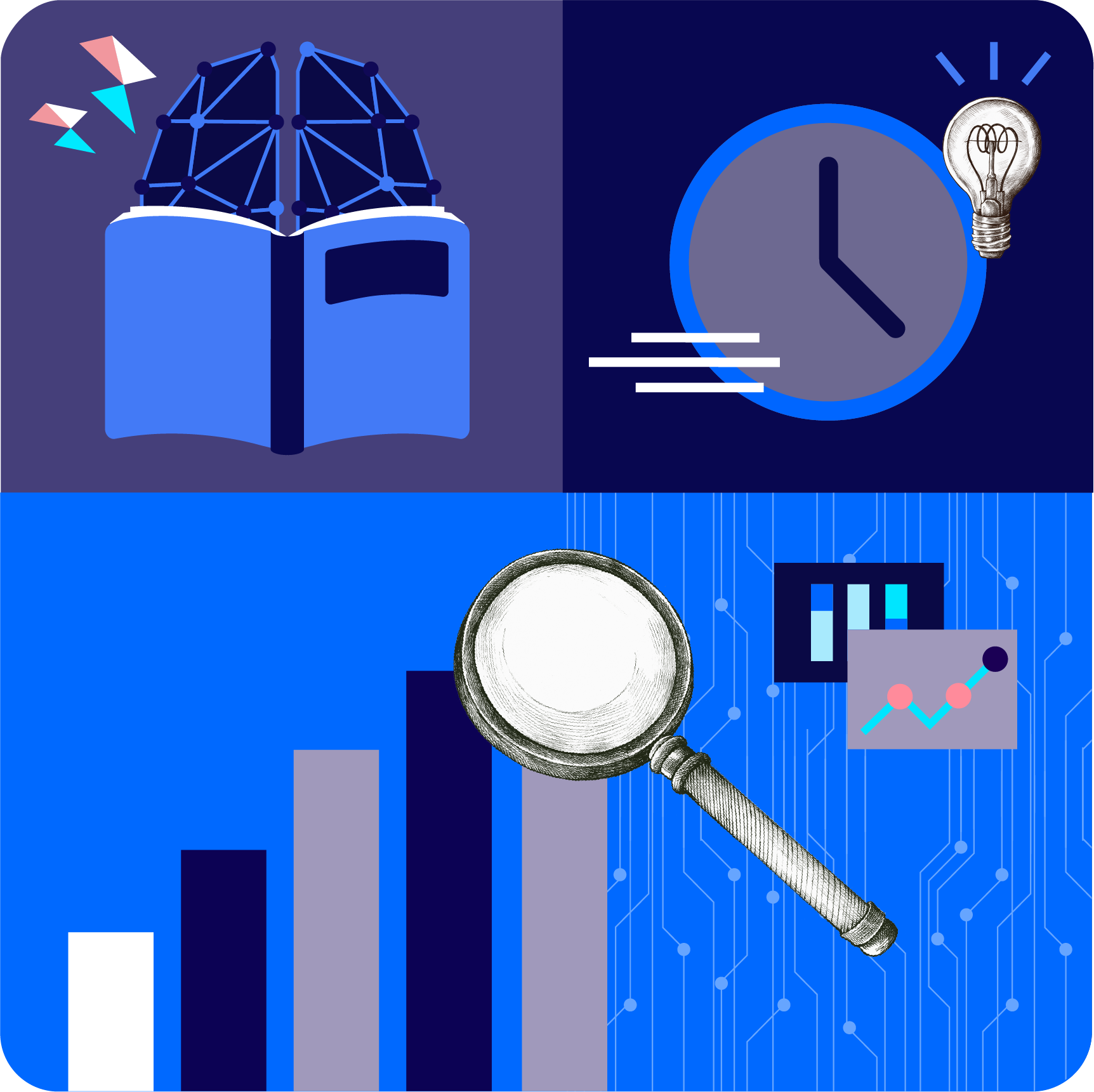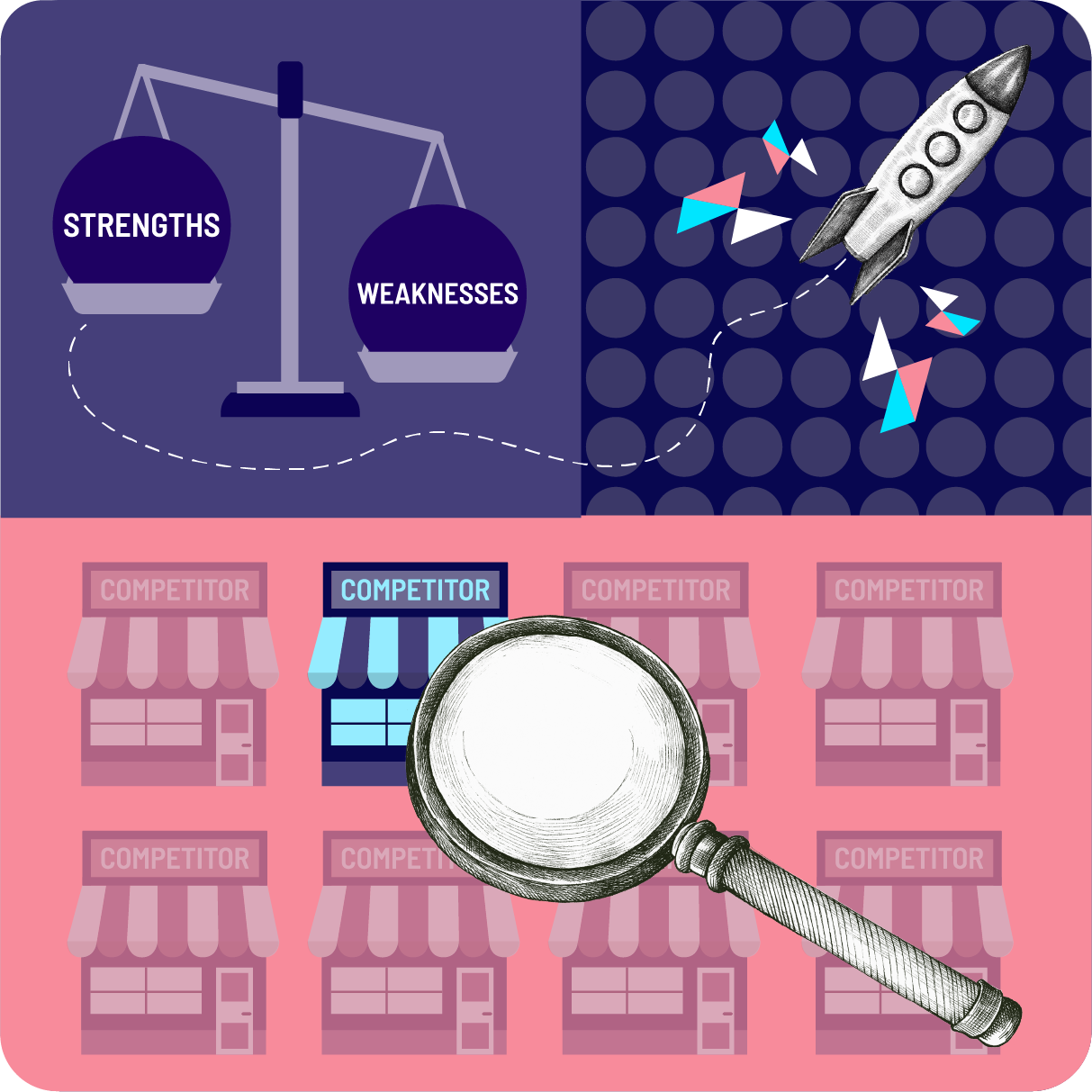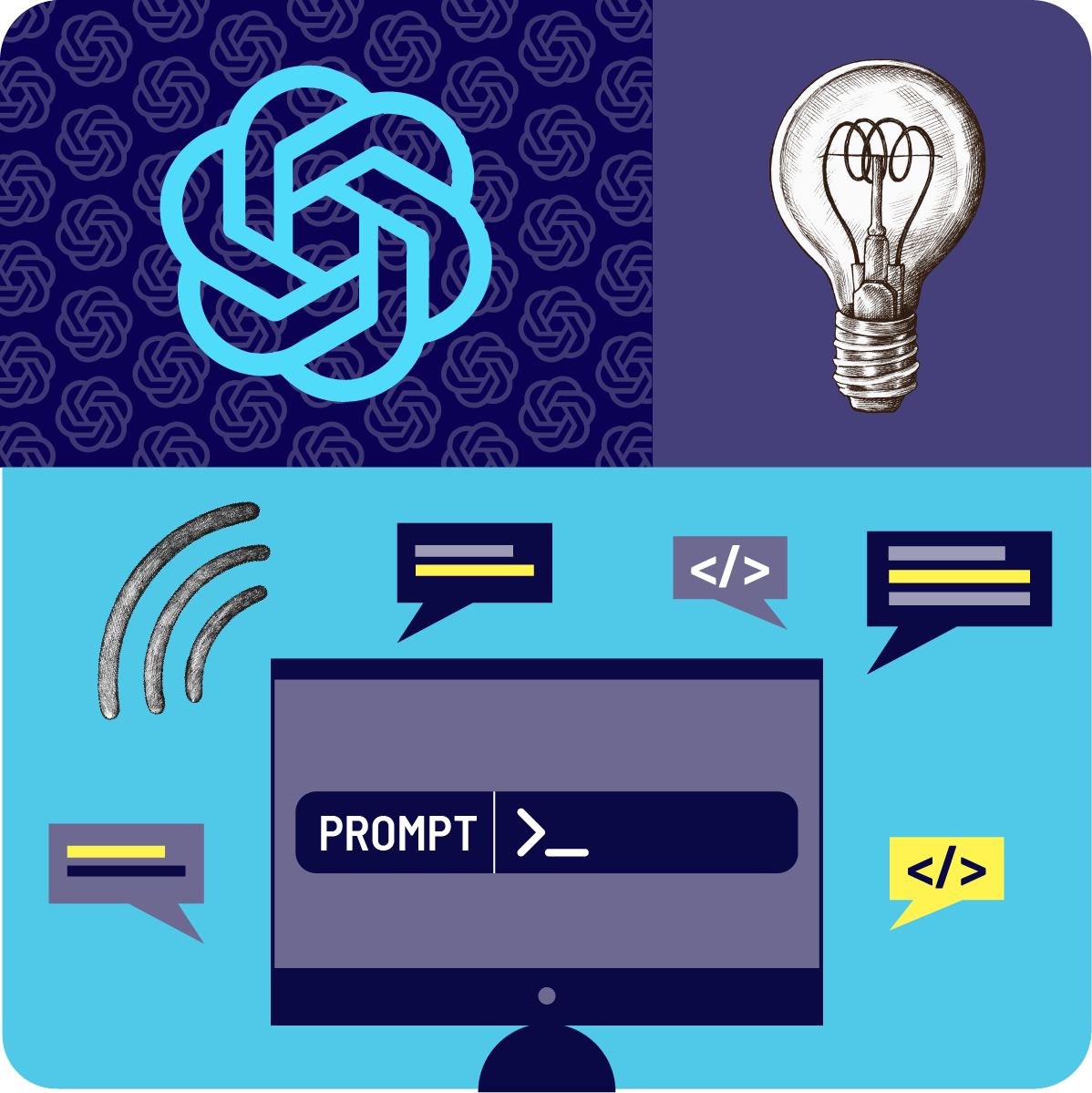GenAI, capable of producing text, images, or music, has introduced complexities into the realm of content creation. Historically, content was the direct product of human intellect, creativity, and experience. However, with generative AI tools, content can now be synthesised, adapted, or transformed in ways that challenge our conventional understanding of authorship and originality.
How do we ensure we’re fair and respectful when using AI tools? As we sail through this digital age, understanding these challenges isn’t just about rules and copyrights; it’s about ethics, giving credit where it’s due, and cherishing human creativity.
Maximise your viewing experience! We recommend clicking on the "Full Screen" option while watching the video.
In the video, we can see how different vendors are using their terms of use and service as a way to address these topics. Still, it is an evolving subject; the intellectual property help desk of the European Commission acknowledged earlier in 2023 that the question of ownership and authorship of AI-generated works is not entirely settled by the law yet.
Things get complex fast when reading the legal terms and how European and international regulations are debating about it. We will try to keep it simple here.
Let’s start with some definitions in the context of Generative AI.
Input refers to the data or prompt provided to the AI model
Output denotes the generated response or result from the AI based on the input
Content encompasses both the input and the output.
Now, moving forward, I searched for simple definitions. Yes, I used ChatGPT to get a comprehensive context.
- Ownership: The right to possess and control something, like the content produced in the chat with ChatGPT.
- Copyright: A legal protection that gives creators the exclusive right to use and distribute their original work.
- Plagiarism: Using someone else’s work or ideas without giving them proper credit or presenting them as one’s own.
In August 2023, a U.S. court in Washington, D.C. ruled that “a work of art created by artificial intelligence without any human input cannot be copyrighted under U.S. law.”
The European Parliament is working on the EU AI Act, which aims to regulate AI systems, including Generative AI. Conversations are still ongoing, so for now, the Terms of Use of the vendors are serving as general frameworks and guidance when using AI tools.
ChatGPT (OpenAI)

OpenAI is explicit about the ownership; the user owns the input and the output. Also, it is possible to use the content for any purpose, including commercial purposes such as sales or publication.
Midjourney


Midjourney makes a distinction between paid users and non-paid users. If you are using the services for free, then you don’t own the output. If you are paying, you own the assets you create. They make special remarks about their right to display your output publicly, but also how they give more alternatives to protect your assets if you have a paying plan.
Bing Create

Bing Create specifies that the content can be used for any legal, non-commercial purposes. It does not explicitly forbid the use for commercial uses. As a free service, it specifies that Microsoft does not own the content but that the user grants permission to use the input for improving the service.
How to use GenAI responsibly?
 Avoid accidental plagiarism
Avoid accidental plagiarism
 Consider data masking and confidentiality
Consider data masking and confidentiality
 Ethical and productive use
Ethical and productive use
1. Avoid accidental plagiarism.
The first thing to consider is the thin line between AI assistance and the outright generation of content. When you let tools like chatGPT create the entire piece and you use the output as a final result, there is more risk of producing similar or identical outputs from others.
📚 Always edit and enrich the output with your own thoughts and style. If possible, use inputs you have written or created to increase the uniqueness of your content.
If you are unsure about the content and you want to publish it for commercial purposes, it is best to double-check if the exact content already exists. A straightforward way is to google specific sentences and see if published content matches yours.
🔍 Use tools like Originality.ai or Copyleaks.com that can guarantee your content keeps being human and not using someone else’s intellectual property.
See here an example of how originality.ai can detect AI-generated content for SEO purposes.
If you are dealing with definitions or are creating a comprehensive guide about a topic, you would usually cite or quote your sources. When using GenAI tools, you can also give proper attribution and citation.
🖇️ Integrate writing tools that provide a list of sources you can track back in the output, like Bing chat (Copilot) or Google Chrome extension WebChatGPT
In the example below, I created a slide where I used a definition of 'productivity’. I used WebChatGPT to get a list of sources. Then, I cited the source I considered was the most related to ChatGPT’s output.

2. Consider data masking and confidentiality.
If you are analysing answers from a survey or using personal data as input, it is essential to remove confidential data that can link to a person’s privacy.
🕵️ Always remove data such as name, last name, email, phone number or any other information that may violate confidentiality.
When dealing with higher volumes of information for your input, automation of the process is beneficial. Some data processing or handling techniques could be integrated before using the AI tools.
⚙️ Use tools that can help anonymise your input; Coda.ai has a free and simple web tool where rules can be implemented to replace and anonymise sensitive fields, like dates or names.
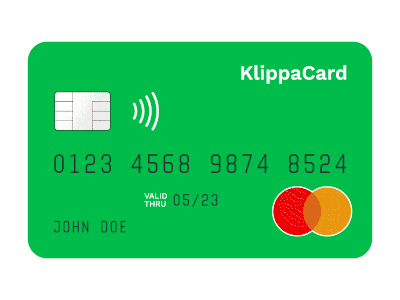
If you want to learn more about data masking, we recommend this complete guide by Klippa.
3. Ethical and productive use.
In the end, just with any other technology or regulations for the commercial use of someone’s intellectual property, we come down to ethics.
🤓 Stay up to date with vendors’ Terms of Use. They are changing and adapting to the rapid development of new solutions, integrations, partnerships and regulations.
👤 Enhance AI-generated content with human creativity and intuition.
💼 Stay informed about evolving AI ethics and best practices.
We will be monitoring the current regulations of Generative AI and AI in general to guarantee that our information is accurate and compliant.
👉 Connect with me on LinkedIn to share ideas and keep the conversation going!









 Consider data masking and confidentiality
Consider data masking and confidentiality Ethical and productive use
Ethical and productive use

